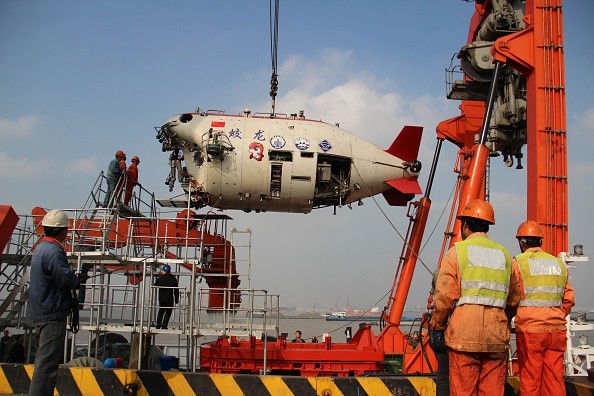China is aiming to develop its undersea exploration efforts with the development of a manned submersible capable of going under Challenger Deep, the world's deepest point measuring around 10,900 meters below the surface. Such would remarkably improve the country's drive for undersea resources.
RT reported that the China Shipbuilding Industry Corporation (CSIC) is currently working on the still-unnamed manned submersible, which also aims to conduct research on almost 100 percent of the world's ocean floors. Such will allow China to level the U.S. in terms of undersea exploration.
The CSIC was also responsible for the development of the manned submersible "Jiaolong," which dived in the Marianas Trench at a depth of 7,062 meters in June 2012, the South China Morning Post reported. Said feat is key to determining the CSIC's chances of reaching the bottom of Challenger Deep.
Apart from that, the CSIC is currently working on other undersea exploration projects this year in its bid to explore all the world's ocean floors. A manned submersible capable of conducting observations at a depth of 4,500 meters and a mothership for Jiaolong are among such examples.
Should the CSIC succeed in exploring the bottom of Challenger Deep, China will become only the third country in the world to do so. The U.S. was the first to achieve that feat way back in 1960 using the "Bathyscaphe Trieste," an Italian-made, Swiss-designed manned submersible.
Australia became the second country to withstand Challenger Deep's depths in 2012 through the Deepsea Challenger. The manned submersible was then operated by renowned Hollywood director and undersea explorer James Cameron as part of his documentary "Deepsea Challenge."
So far, China has sent four unmanned submersibles to Challenger Deep--all part of its bid to improve undersea resource accumulation. The Haidou-1, a remotely operated unmanned submersible, was the latest to conduct undersea explorations on the area.



























